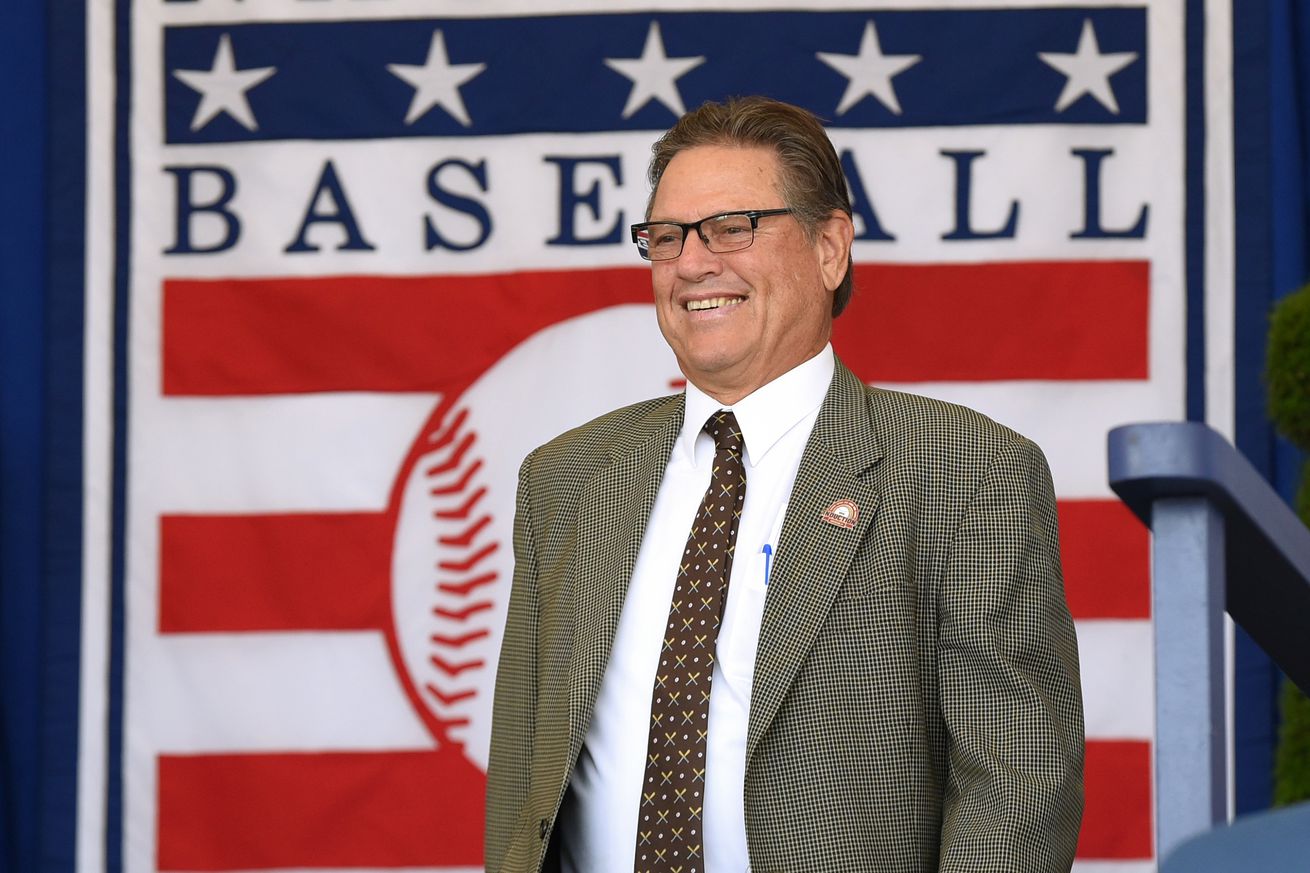
Pudge sits just a squat short of the Hall
1925
The French love baseball! Well, at least that was the impression that the French Baseball Federation gave during the White Sox vs. New York Giants tour of Europe, giving silver medals to Charles Comiskey, John McGraw and Hughie Jennings in appreciation.
The tour, however, was a failure, with meager attendance leaving the traveling show with a deficit of $20,000. It was Comiskey’s final offseason of sending his White Sox around the world.
1927
Commissioner Landis started a hearing on Black Sox shortstop Swede Risberg’s allegations on baseball betting — prior to 1919. Risberg claimed that the Detroit Tigers threw a four-game series to the White Sox in 1917, and in return the White Sox gave two games back to Detroit in 1919. Three dozen White Sox and Tigers players speak out to dispute the accusations, and the only inappropriate behavior found to have any merit is that of White Sox players giving $45 apiece to the Detroit pitching staff — for defeating the Red Sox in a late-season series, helping the White Sox clinch the 1917 pennant. Ultimately, Landis clears everyone involved, disputing any truth that games were “thrown” given the White Sox were merely rewarding fellow players for winning a game(s).
1943
In the midst of World War II, travel for baseball players is seen as more frivolous, so Commissioner Landis required northern teams to train closer to home. Thus the White Sox and Cubs agreed to train together — in French Lick, Ind.
This sort of Spring Training — er, The Long Underwear League — would continue through the remainder of the war, with the two clubs returning to French Lick in 1944. (The White Sox moved to Terre Haute in 1945, and were joined there by the Detroit Tigers.) The notion of training closer to home even in peacetime had gotten some traction, with figures as influential as Connie Mack saying that the old ways of Spring Training were probably gone forever.
However, when peace came and the 1946 season rolled around, the White Sox returned to where they had been training before the war: Pasadena, Calif.
In addition to agreeing to hold Spring Training in the north, teams also signed off on a later campaign, with the 1943 regular season starting on April 20 and running through October 11.
1987
After a solid first full season in the White Sox system (.774 OPS in A-ball and a cup of coffee in Triple-A) after being drafted in the 19th round in 1985, infielder Randy Velarde was shipped to the Yankees with pitcher Pete Filson for minor league shortstop Mike Soper and pitcher Scott Nielsen. Soper was originally a White Sox draftee (third round, 1983) but would not stick in the organization the second time around. Nielsen split 1987 between Triple-A Hawaii and the South Side, making seven starts for the White Sox; his fourth start for the club, on July 5, 1987, was a 17-0 complete-game shutout of Cleveland that remains tied for the biggest shutout margin in White Sox history. After 1987, Nielsen would be sent back to New York in another multiplayer trade (between 1984-87 the two clubs made eight trades, seven of them mulitplayer).
However, Velarde would make his MLB debut in 1987 and go on to have a 16-year career and 24.9 WAR. This was a decided trade loss for White Sox GM Larry Himes.
1999
Carlton Fisk misses Hall of Fame induction by 43 votes in his first year of eligibility. As it stood, the Class of 1999 was still revolutionary, as first-time inductees Robin Yount, Nolan Ryan and George Brett made this the first year since the (obvious) initial Hall class in 60 years earlier that more than two first-ballot players were elected.
Fisk fell just 43 votes short of filling this Class with FOUR first-time honorees, very likely a victim of having retired in the same year as Yount, Ryan and Brett. Fisk would clear the bar by 22 votes in 2000, elected to the Hall on his second try.
